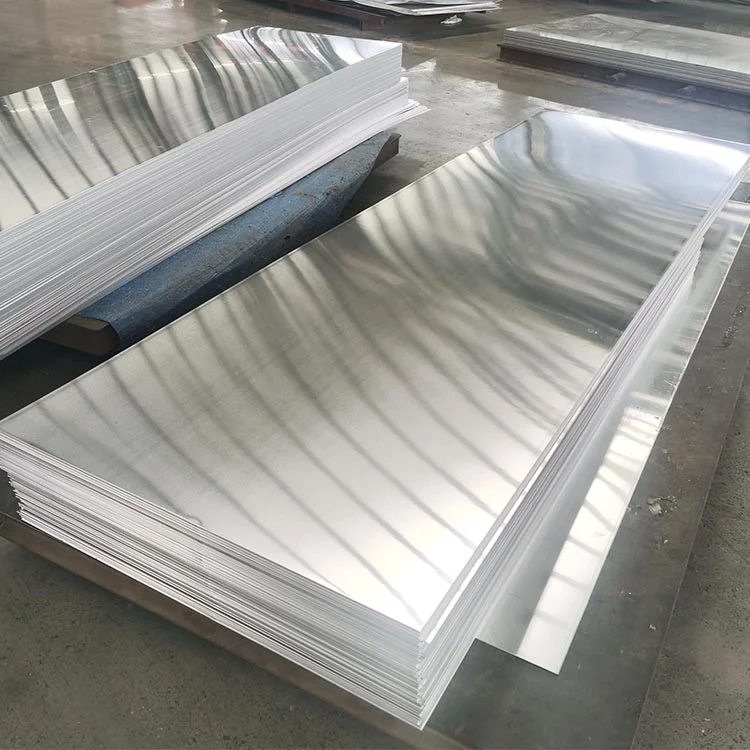When picking a material for your project, it’s important to understand the differences between 6061-T6 and 6061-T651 aluminum alloys. These two types of aluminum have unique properties that can affect your project. Make sure to consider these differences before making a decision.

Both alloys are popular choices for various applications due to their high strength, durability, and excellent corrosion resistance. However, there are some important differences that you should consider before making a decision.
6061-T6 Aluminum Alloy
6061-T6 is a heat-treated aluminum alloy that is known for its high strength and excellent machinability. The T6 designation means the material has been heat-treated and aged to reach its highest strength. This process results in a material that is strong, durable, and resistant to corrosion.
One advantage of 6061-T6 is its high tensile strength. This makes it great for structural uses where strength and durability are very important. It also has good formability, making it a versatile material for a wide range of applications. Additionally, 6061-T6 offers good weldability, allowing for easy fabrication and assembly.
However, one of the drawbacks of 6061-T6 is its reduced machinability compared to other aluminum alloys. This can make it more difficult and time-consuming to machine parts from 6061-T6, increasing production costs. Additionally, the artificial aging process can result in a slightly reduced corrosion resistance compared to other aluminum alloys.
6061-T651 Aluminum Alloy
6061-T651 is also a heat-treated aluminum alloy that is similar to 6061-T6 in many ways. The main difference between the two is the method of aging used to achieve the desired properties. While manufacturers artificially age 6061-T6, they stress-relieve and naturally age 6061-T651 to achieve its properties.
The T651 designation means the material has been heat-treated, quenched, and stretched to reduce internal stresses. It is then naturally aged to further enhance its mechanical properties. This process results in a material that is strong, durable, and resistant to stress corrosion and cracking.
One of the advantages of 6061-T651 is its improved machinability compared to 6061-T6. The stress-relief process helps lower internal stresses in the material. This makes it easier to machine and reduces the risk of distortion during machining. This can result in faster production times and lower costs for machining operations.
Also, 6061-T651 has great corrosion resistance. This makes it good for many uses where moisture and other harmful elements are a worry. This makes it a popular choice for marine and aerospace applications, where durability and corrosion resistance are critical.
6061-T6 vs 6061-T651
Both 6061-T6 and 6061-T651 are popular options for many uses. However, there are important differences to think about when choosing between them.
Machinability: One of the main differences between 6061-T6 and 6061-T651 is their machinability. 6061-T651 offers improved machinability compared to 6061-T6 due to the stress-relief process used during aging. This can result in faster production times and lower costs for machining operations.
Corrosion Resistance: Both alloys have good corrosion resistance. However, 6061-T651 usually has better corrosion resistance than 6061-T6. This makes it a better choice for places where moisture and other harmful elements are a concern.
Strength: Both alloys are strong, but 6061-T6 is usually stronger than 6061-T651. This is because of the aging process used to enhance its properties. This can make 6061-T6 a better choice for structural applications where strength is paramount.
Formability: Both alloys offer good formability, making them versatile materials for a wide range of applications. However, the stress-relief process used in 6061-T651 can result in slightly better formability compared to 6061-T6.
Cost: The price of 6061-T6 and 6061-T651 can change. This depends on how you make them and the properties you need for your use. In general, 6061-T651 may be slightly more expensive due to the additional processing steps involved in achieving its properties.
Conclusion
In conclusion, both 6061-T6 and 6061-T651 aluminum alloys are strong and durable. They also resist corrosion well. This makes them suitable for many different uses.
The key differences between the two lie in their machinability, corrosion resistance, strength, formability, and cost. When choosing between the two alloys, think about your needs. Focus on the properties that matter most for your project.
If machinability is a key consideration and you require improved corrosion resistance, 6061-T651 may be the better choice. If maximum strength is your main goal and you can handle a bit less machinability, 6061-T6 might be a better choice. Ultimately, the choice between 6061-T6 and 6061-T651 will depend on your specific application requirements and budget constraints.


